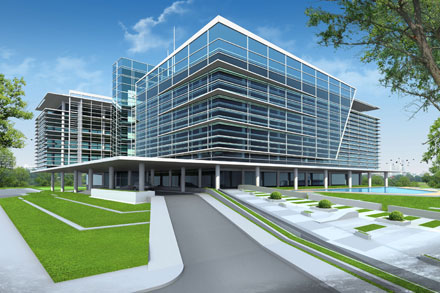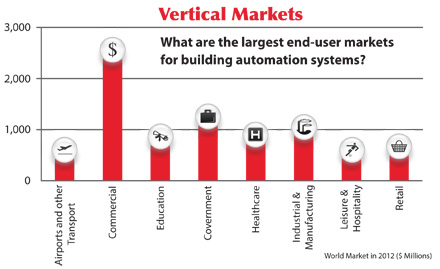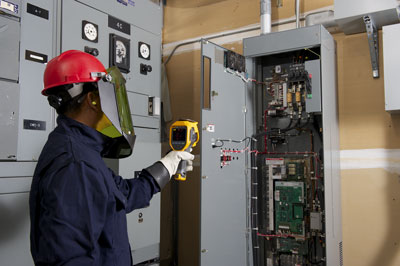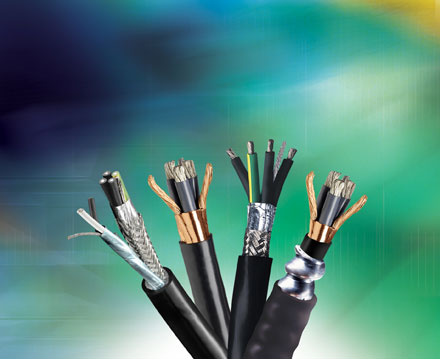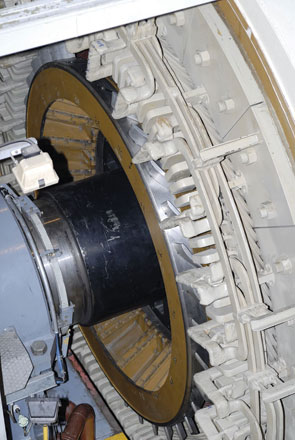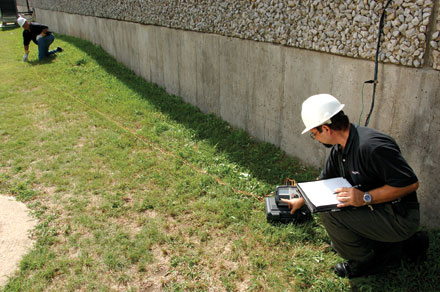Energy savings for pumping applications
BY TOM NEUBERGER & STEVEN WESTON, Eaton
In the early days of variable frequency drive (VFD) technology, the typical application was in process control for manufacturing synthetic fiber, steel bars and aluminum foil. Because VFD improved process performance and reduced maintenance costs, they replaced motor generator sets and direct current (DC) drives. When the energy crisis occurred in the early 1970s, saving energy became a critical goal, and the use of
VFDs quickly spread into large pump applications and eventually into HVAC (heating, ventilation and air conditioning) fan systems.
VFDs vs. THROTTLING DEVICES
In many flow applications, a mechanical throttling device is used to limit flow. Although this is an effective means of control, it wastes mechanical and electrical energy. Figure 1 represents a pumping system using a mechanical throttling valve and the same system using a VFD.
If a throttling device is employed to control flow, energy usage is shown as the upper curve in Figure 2 while the lower curve demonstrates energy usage when using a VFD. Because a VFD alters the frequency of an alternating current (AC) motor, speed, flow, and energy consumption are reduced in the system. The energy saved is represented
by the green shaded area.






